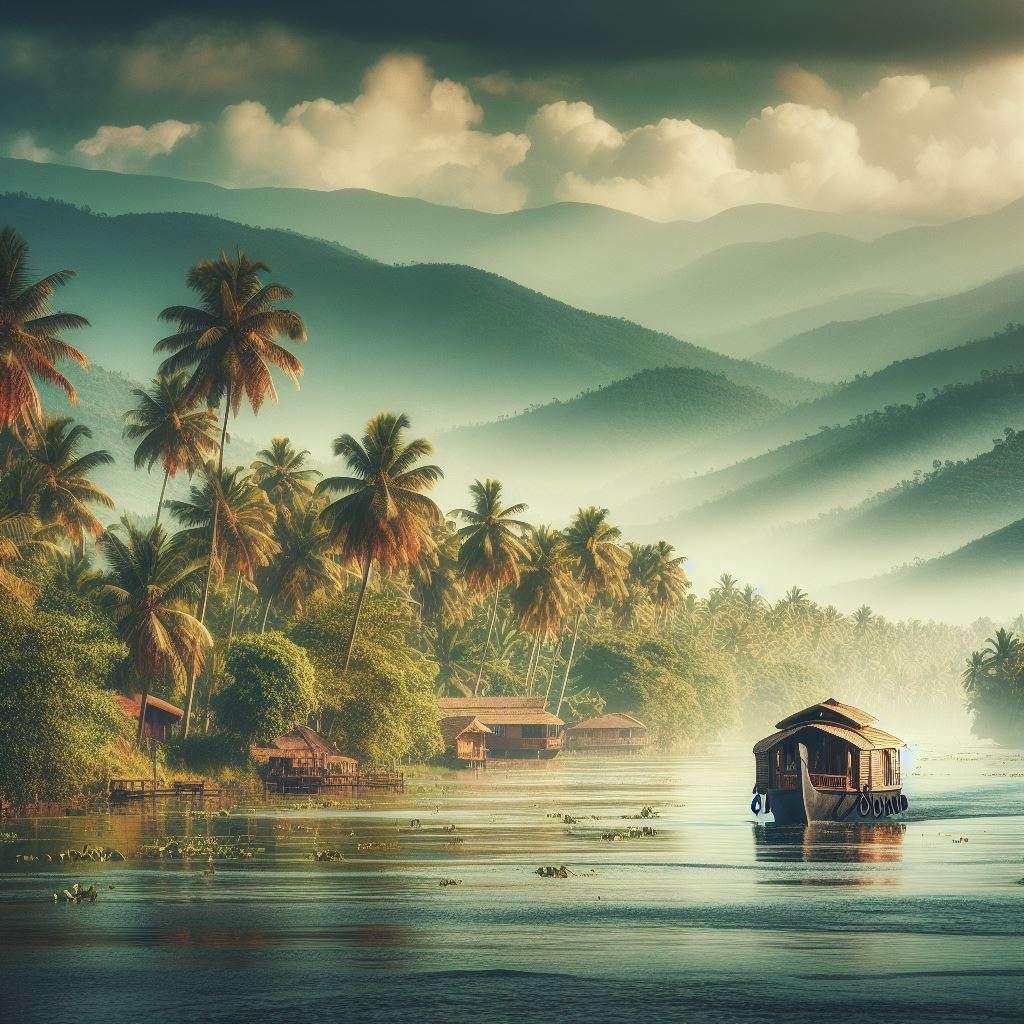IDUKKI
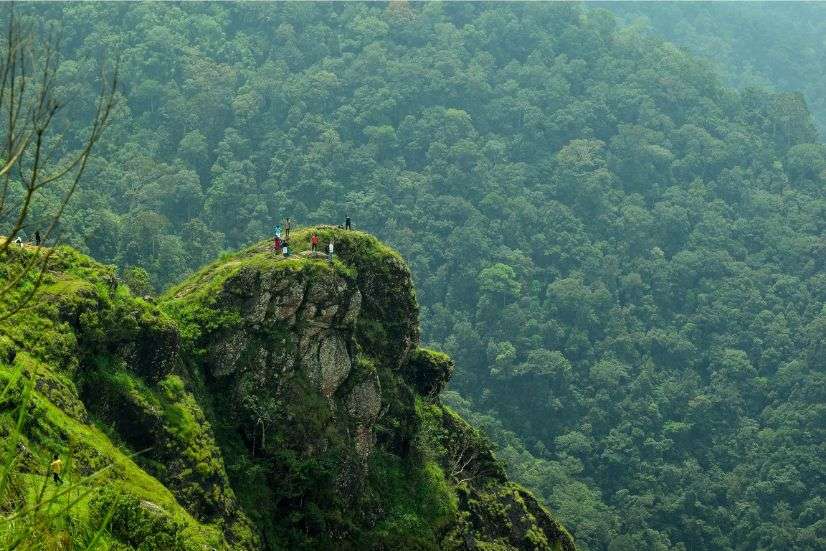
Idukki is a district located in the southern state of Kerala, India. It covers an area of approximately 4,358 square kilometers and has a population of around 1.1 million people. The district is situated at an altitude of 1,000 to 2,500 meters above sea level, and its geography is characterized by lush green hills, dense forests, and scenic water bodies.
The climate in Idukki is tropical, with heavy rainfall during the monsoon season, which lasts from June to September. The temperature ranges from 10 to 35 degrees Celsius throughout the year.
The district is known for its cultural and heritage aspects, with a significant population of indigenous tribes such as the Muthuvan, Malayarayan, and Urali. These communities have their unique language, lifestyle, and cultural practices, making Idukki a fascinating destination for cultural enthusiasts.
Idukki has a rich past history, with evidence of human settlements dating back to the Neolithic period. The district was part of the ancient Tamilakam civilization and was ruled by various dynasties such as the Chera, Pandya, and Chola. The region played a crucial role in the Indian independence movement, with several freedom fighters hailing from the district.
Agriculture is a significant livelihood for the locals, with the cultivation of crops such as tea, coffee, pepper, cardamom, and rubber. The district is also known for its production of spices and medicinal plants.
Tourism plays a crucial role in Idukki’s economy, with the district attracting a large number of domestic and international visitors. some popular tourist places in idukki, such as the Idukki Wildlife Sanctuary, the Hill View Park, the Eravikulam National Park, and the Munnar hill station. Visitors can also enjoy activities such as trekking, camping, and bird watching.
VAGAMON
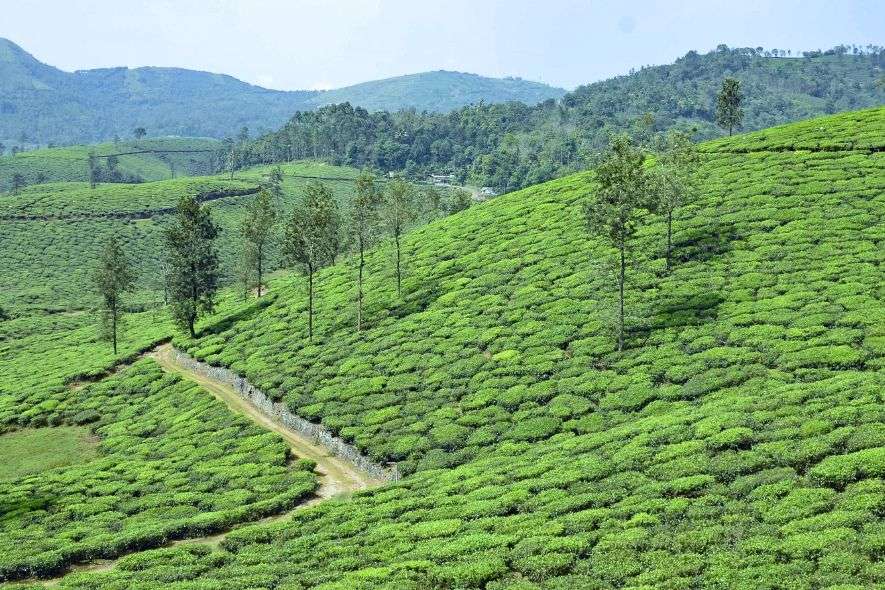
Vagamon is a scenic hill station located in the Idukki district of Kerala, India. It is situated at an altitude of 1,100 meters above sea level and covers an area of around 28 square kilometers. The town has a population of around 10,000 people and is known for its picturesque landscapes, pleasant climate, and cultural heritage.
The geography of Vagamon is characterized by rolling hills, lush green meadows, and several waterfalls. The climate in Vagamon is moderate, with temperatures ranging from 10 to 25 degrees Celsius throughout the year.
The town has a rich cultural and heritage aspect, with a significant population of indigenous tribes such as the Malankara, the Nadar, and the Vannan. These communities have their unique language, lifestyle, and cultural practices, making Vagamon a fascinating destination for cultural enthusiasts.
Vagamon has a rich past history, dating back to the pre-colonial period when it was inhabited by the Malankara tribe. The town played a crucial role in the Indian independence movement, with several freedom fighters hailing from the area.
Agriculture, particularly tea and coffee cultivation, is a significant livelihood for the locals, along with tourism. Tourism plays a vital role in the economy of Vagamon, with the town attracting a large number of visitors from all over the world. The town is home to several popular tourist destinations such as the Vagamon Meadows, Kurisumala Ashram, and Thangal Para. Visitors can also enjoy activities such as trekking, paragliding, and rock climbing.
RAMAKKALMEDU
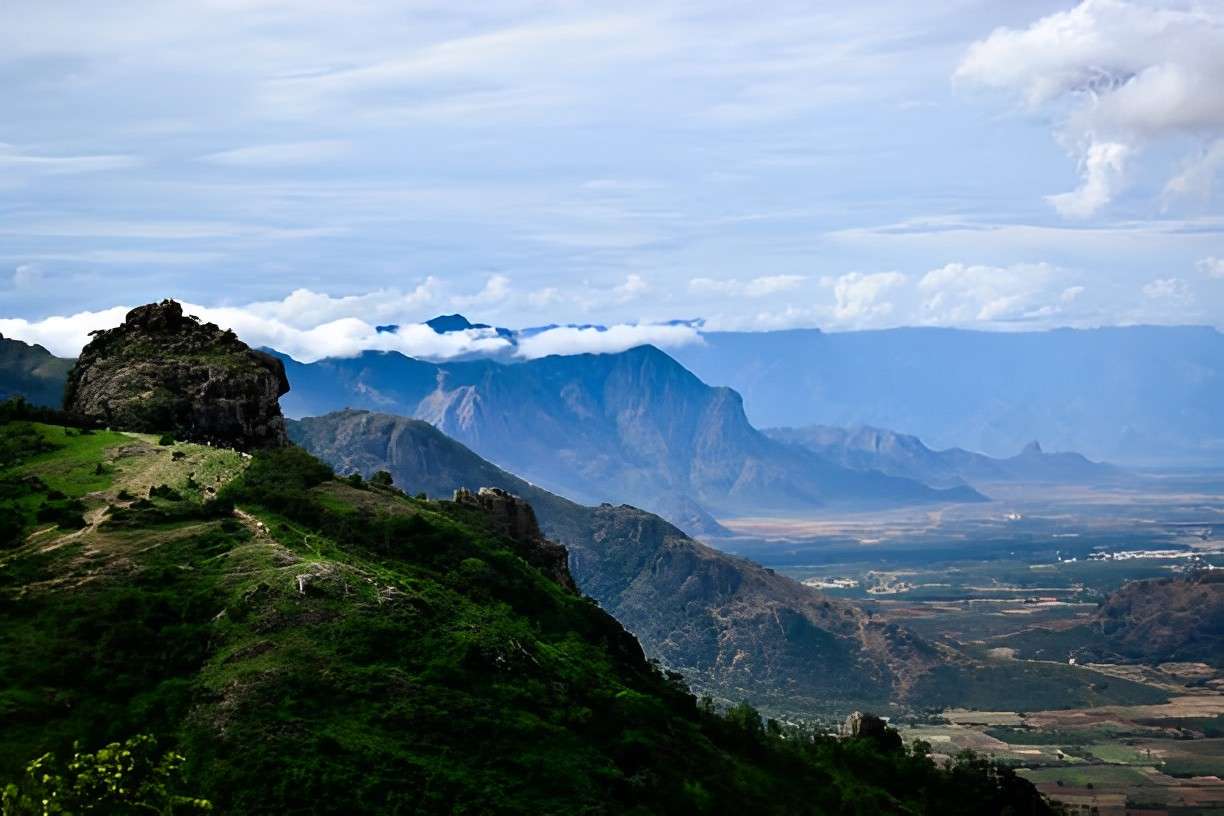
Ramakkalmedu is a picturesque hill station located in the Idukki district of Kerala, India. It is situated at an altitude of 3,500 feet above sea level and is known for its panoramic views, rolling hills, and rich cultural heritage.
The geography of Ramakkalmedu is characterized by vast stretches of rolling hills, rocky terrain, and lush green forests. The climate in Ramakkalmedu is moderate, with temperatures ranging from 10 to 25 degrees Celsius throughout the year.
Ramakkalmedu has a rich cultural and heritage aspect, with a significant population of indigenous tribes such as the Malankara and the Muthuvan. These communities have their unique language, lifestyle, and cultural practices, making Ramakkalmedu a fascinating destination for cultural enthusiasts.
The town has a rich past history, dating back to the pre-colonial period when it was inhabited by the Malankara tribe. The town played a crucial role in the Indian independence movement, with several freedom fighters hailing from the area.

Agriculture, particularly tea and coffee cultivation, is a significant livelihood for the locals, along with tourism. Tourism plays a vital role in the economy of Ramakkalmedu, with the town attracting a large number of visitors from all over the world. The town is home to several popular tourist destinations such as the Ramakkalmedu Peak, the Wind Farm, and the Kuravan and Kurathi Statue. Visitors can also enjoy activities such as trekking, paragliding, and rock climbing.
One of the unique features of Ramakkalmedu is the wind energy project, which has an installed capacity of 12.5 MW and is spread across a 20 km stretch of the western ghats. The wind turbines generate clean energy, contributing to the sustainable development of the region.
ERAVIKULAM NATIONAL PARK
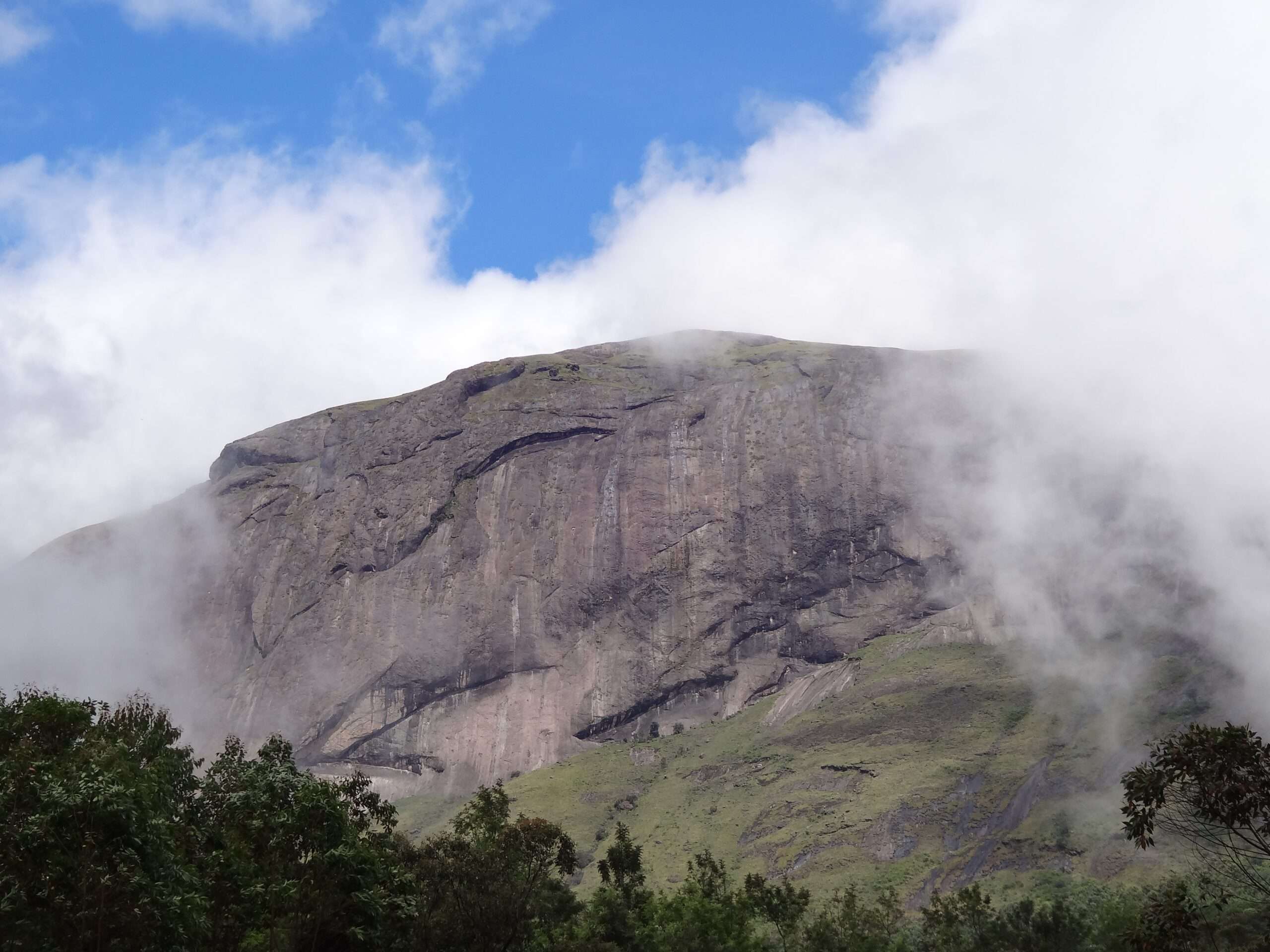
Eravikulam National Park is a wildlife sanctuary located in the Idukki district of Kerala, India. It was established in 1978 and is spread across an area of 97 square kilometers. The park is situated at an altitude of 2,000 meters above sea level and is known for its diverse flora and fauna.
The geography of Eravikulam National Park is characterized by rolling hills, steep slopes, and several small streams. The climate in the park is cool and humid, with temperatures ranging from 4 to 16 degrees Celsius throughout the year.
The park is home to several endangered species, including the Nilgiri Tahr, which is a type of mountain goat found only in the southern part of the Western Ghats. The park is also home to several other species of animals, including elephants, leopards, and sambars.
Eravikulam National Park is renowned for its unique and diverse flora, with several species of flowering plants, shrubs, and trees found in the park. The park is also home to several rare and endangered species of orchids, which attract botanists and nature lovers from all over the world.
The park has a rich cultural and heritage aspect, with several indigenous communities such as the Muthuvan and the Malankara residing in the surrounding areas. These communities have their unique language, lifestyle, and cultural practices, adding to the park’s charm.

Visitors can enjoy several activities in Eravikulam National Park, including trekking, wildlife photography, and birdwatching. The park has several hiking trails that offer breathtaking views of the surrounding hills and valleys. The park also has several viewpoints, including the Anamudi Peak, which is the highest peak in South India, offering panoramic views of the Western Ghats.
TEA MUSEUM
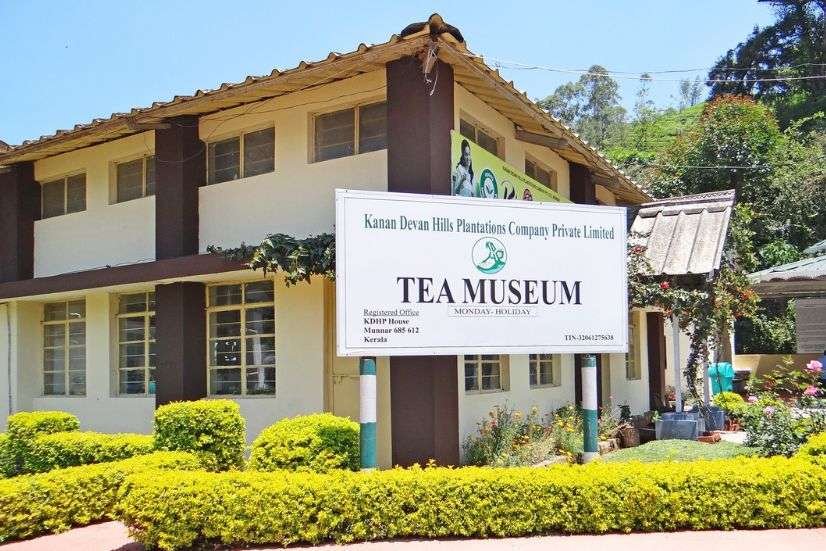
The Tea Museum in Munnar is a popular tourist attraction located in the heart of the town. The museum is dedicated to the history and evolution of tea plantations in the region, which has become synonymous with tea cultivation and production.
The museum was established in 2005 and is run by the Kannan Devan Hills Plantations Company, one of the largest tea producers in the region. It is housed in a colonial-era building that was once the residence of the plantation’s managers.
The museum provides visitors with an insight into the process of tea production, from plucking to packaging. The displays showcase the different varieties of tea grown in the region, the different stages of tea processing, and the tools and machinery used in tea production.
Visitors can also learn about the history of tea cultivation in the region, which dates back to the British colonial era. The museum displays photographs and artifacts from the early days of tea cultivation in Munnar, and highlights the contribution of the British and Indian planters to the development of the tea industry in the region.
One of the highlights of the museum is the tea tasting session, where visitors can sample different types of tea and learn about their distinct flavors and aromas. The museum also has a souvenir shop where visitors can purchase a variety of teas and tea-related products.
MATTUPETTY AND KUNDALA DAMS

Mattupetty Dam and Kundala Dam are two popular tourist destinations located in Munnar, a picturesque hill station in Kerala, India. Both dams are located in close proximity to each other and offer visitors stunning views of the surrounding hills and valleys.
Mattupetty Dam is a concrete gravity dam built across the Mattupetty Lake. It was constructed in the 1940s to store water for hydroelectricity generation and irrigation purposes. The dam is about 160 feet high and 1,700 feet long and is surrounded by lush green tea plantations and rolling hills.
Visitors can take a boat ride on the Mattupetty Lake and enjoy the breathtaking views of the surrounding hills and valleys. The lake is also home to several species of birds, including the Nilgiri Wood Pigeon, which can be spotted in the nearby forests.
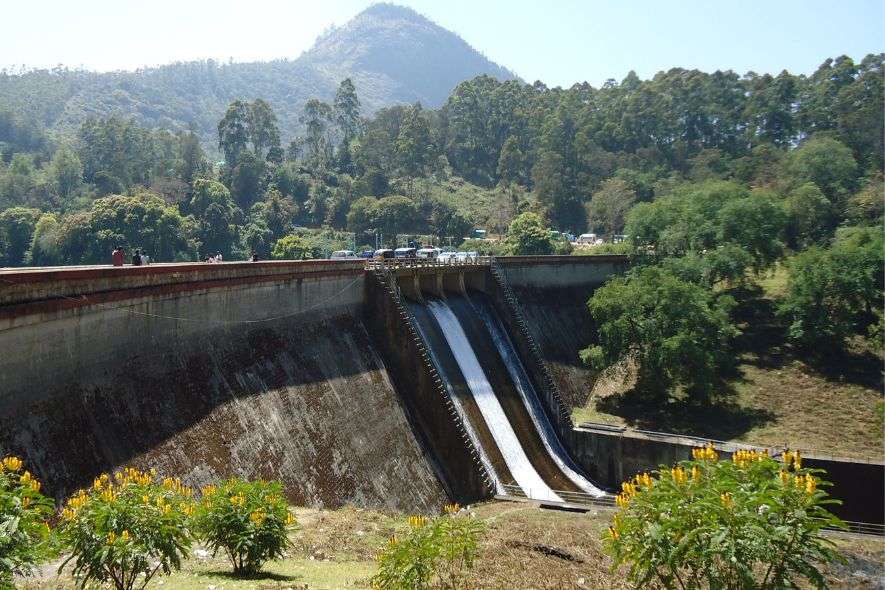
Kundala Dam is another popular tourist destination located in the vicinity of Mattupetty Dam. It is an arch dam built across the Kundala Valley, and it serves as a major source of hydroelectric power for the region. The dam is about 170 feet high and 1,700 feet long, and it is surrounded by lush green tea plantations and rolling hills.
Visitors to Kundala Dam can enjoy a scenic drive through the tea plantations, and there are several viewpoints along the way that offer stunning views of the surrounding hills and valleys. The dam also has a beautiful garden called the Kundala Dam Lake Park, which is a popular spot for picnics and relaxation.
In addition to its scenic beauty, the Kundala Dam is also famous for its unique feature of having a working trout farm, where visitors can see different species of trout fish and even catch them in the fishing area.
ECHO POINT AND TOP STATION

Echo Point and Top Station are two popular tourist destinations located in Munnar, a scenic hill station in Kerala, India. Both places offer visitors stunning views of the surrounding hills and valleys, and provide a peaceful and refreshing getaway from the city’s hustle and bustle.
Echo Point is a natural attraction located about 15 kilometers from Munnar town. It is famous for its natural echo phenomenon, where visitors can hear their voices reverberate through the hills. The spot is located on the banks of a serene lake, which offers visitors an opportunity to relax and enjoy the scenery.
Echo Point is surrounded by lush green forests, and visitors can enjoy a leisurely walk through the scenic trails that lead to the spot. The area is also a popular spot for trekking, hiking, and camping.
Top Station is another popular destination located about 40 kilometers from Munnar town. It is the highest point in Munnar, located at an altitude of about 1,880 meters above sea level. The spot offers visitors panoramic views of the surrounding hills and valleys, and on a clear day, visitors can see as far as the Western Ghats.
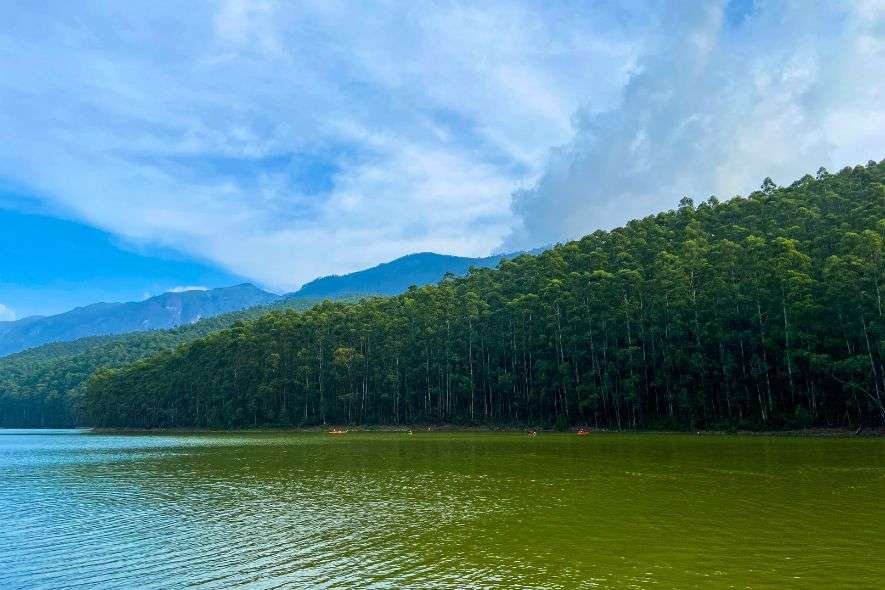
The drive to Top Station is a scenic one, passing through tea plantations and forests. Visitors can enjoy the stunning views of the Western Ghats and the surrounding valleys as they make their way to the top.
Top Station is also famous for the Neelakurinji, a rare flower that blooms once in 12 years. When in bloom, the entire area is covered in a beautiful purple hue. Visitors can also enjoy a leisurely walk through the scenic trails that lead to the spot.
MARAYOOR

Marayoor is a small town located in the Idukki district of Kerala, India. The town is known for its natural beauty, rich cultural heritage, and historical significance. Marayoor is located on the eastern slopes of the Western Ghats and is surrounded by rolling hills, lush forests, and stunning waterfalls.
One of the main attractions of Marayoor is its natural sandalwood forests. Marayoor is home to one of the largest sandalwood forests in India, and visitors can take a guided tour of the forest to learn more about this precious natural resource.
Marayoor is also known for its vast sugarcane fields and jaggery production. Visitors can witness the traditional method of making jaggery, which involves boiling sugarcane juice in large open pans over a wood fire.
Marayoor is also home to several ancient rock-cut caves and prehistoric paintings. The most famous of these is the Marayoor Jaggery Cave, which is believed to date back to the 9th century AD. The cave contains ancient inscriptions and paintings depicting the life and times of the people who lived in the region during that period.
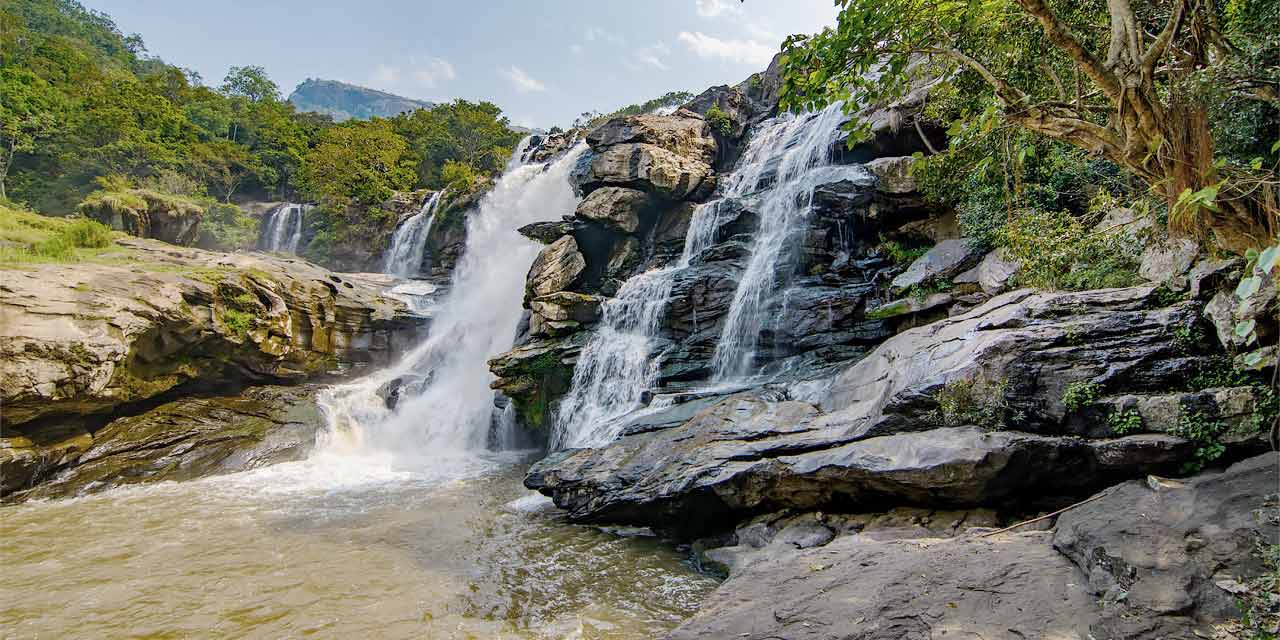
Another popular attraction in Marayoor is the Thoovanam Waterfall. This stunning waterfall is located deep in the forest and can be reached by a trek through the lush green forest. Marayoor is also known for its rich cultural heritage, and visitors can witness several traditional art forms such as Kathakali, Mohiniyattam, and Kalaripayattu.
KANTHALLOOR
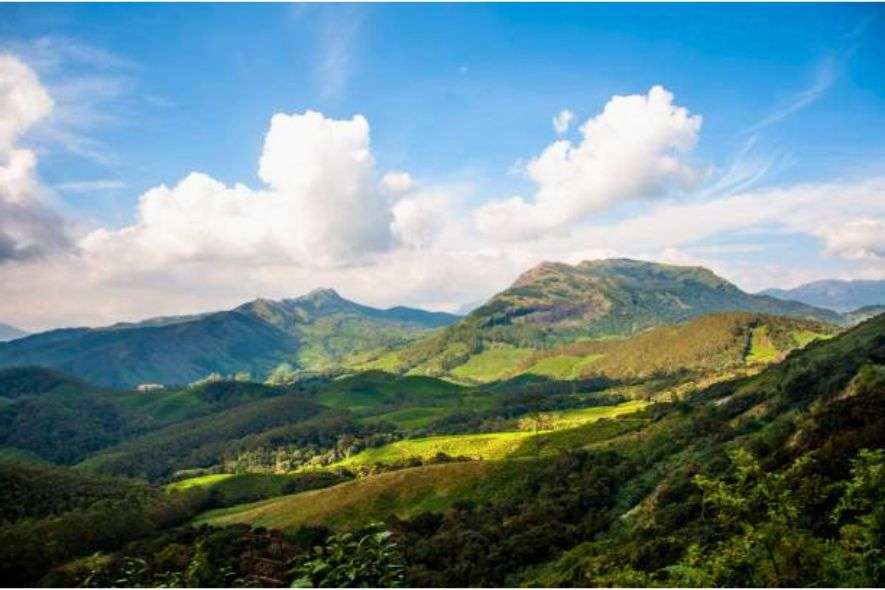
Kanthalloor is a small village located in the Idukki district of Kerala, India. The village is situated at an altitude of about 5,500 feet above sea level and is known for its natural beauty, unique agricultural practices, and serene environment.
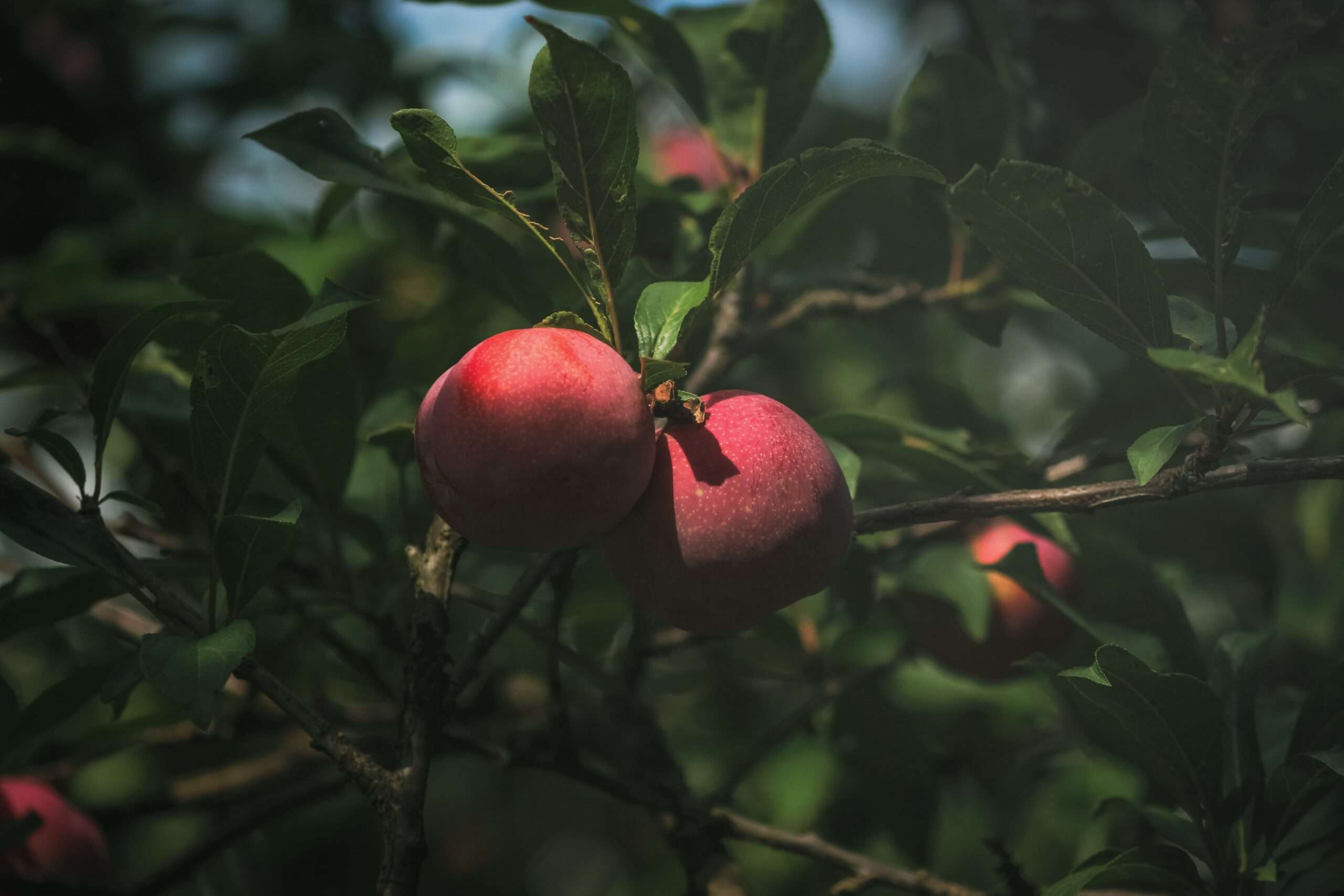
One of the main attractions of Kanthalloor is its vast orchards of apples, oranges, and other fruits. The village is also known for its unique variety of vegetables such as carrot, cauliflower, and cabbage, which are grown using organic farming techniques.
Kanthalloor is surrounded by lush green forests, hills, and valleys, and is a popular destination for trekking, camping, and hiking. The village is also home to several stunning waterfalls such as the Keezharkuthu Waterfall and the Valara Waterfall, which are popular among tourists.
Another popular attraction in Kanthalloor is the Anamudi Shola National Park. The park is home to several species of animals and birds such as the Nilgiri tahr, elephant, and gaur. Visitors can also take a guided trek through the park to explore the natural beauty of the region.
Kanthalloor is also known for its unique cultural heritage, and visitors can witness several traditional art forms such as Kathakali, Mohiniyattam, and Kalaripayattu.
The village offers a range of accommodation options for tourists, ranging from budget homestays to luxury resorts. Visitors can also enjoy the local cuisine, which includes several traditional dishes such as appam, dosa, and sambar.
MARAYOOR JAGGERY
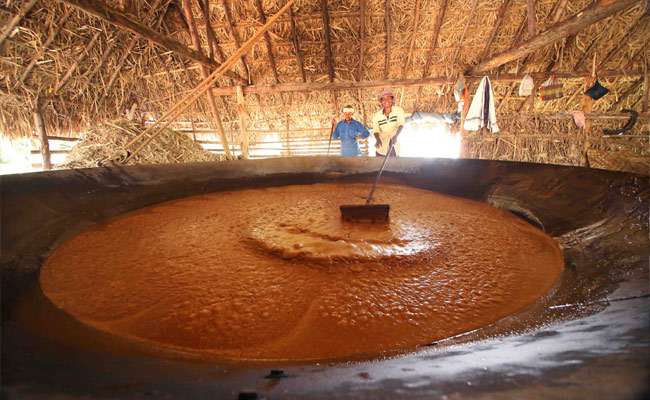
Marayoor jaggery is famous for its unique taste and quality. The jaggery is made using traditional methods, without any chemicals or additives, and is known for its rich aroma and texture. The sugarcane used to make Marayoor jaggery is grown in the region, which has a unique soil composition and climate that is ideal for sugarcane cultivation.
The process of making Marayoor jaggery involves several steps. First, the sugarcane juice is extracted using a traditional machine called a “chattam,” which is made of wood and operated manually. The juice is then boiled in large, open pans over a wood-fired stove until it thickens and turns into a solid mass.
The jaggery is then poured into moulds and left to cool and harden. The moulds used to shape the jaggery are made of coconut shells, which are abundantly available in the region.
Marayoor jaggery is sold in local markets and is also exported to other parts of India and abroad. It is used in various traditional dishes and sweets, such as payasam, laddu, and halwa.
Overall, Marayoor jaggery is an important aspect of the town’s cultural heritage and economy. It is a testament to the traditional methods of sugarcane cultivation and jaggery-making that have been passed down from generation to generation. A visit to Marayoor is not complete without trying the delicious and nutritious Marayoor jaggery.Marayoor is a town located in the Idukki district of Kerala, India, that is renowned for its production of high-quality jaggery, which has been awarded a Geographical Indication (GI) tag. Marayoor jaggery is a traditional sweetener made by boiling sugarcane juice until it solidifies.
Marayoor jaggery is known for its unique taste and quality. The jaggery is made using traditional methods without any chemicals or additives and is known for its rich aroma and texture. The sugarcane used to make Marayoor jaggery is grown in the region, which has a unique soil composition and climate that is ideal for sugarcane cultivation.
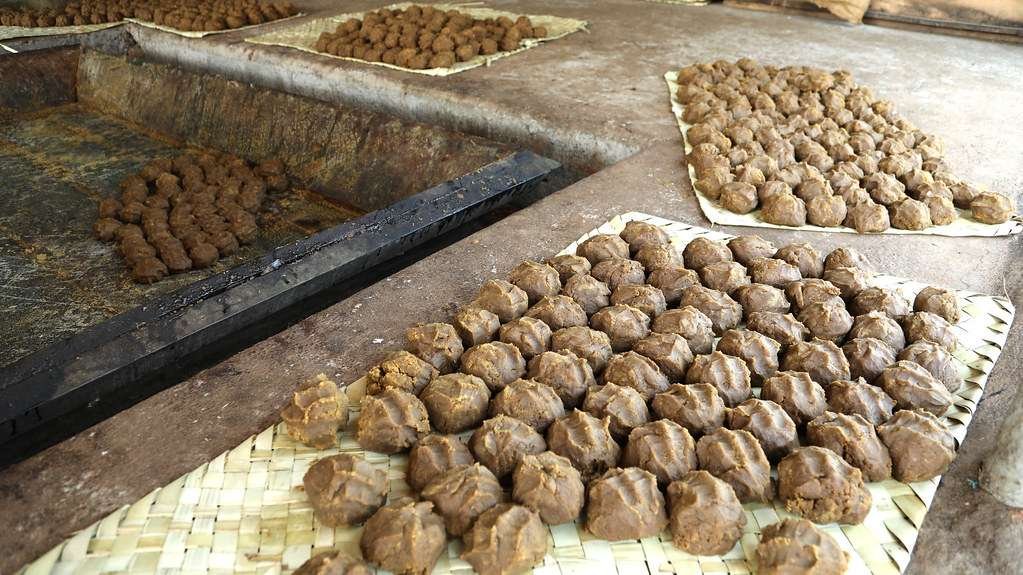
The jaggery is then poured into molds and left to cool and harden. The molds used to shape the jaggery are made of coconut shells, which are abundantly available in the region.
Marayoor jaggery has been awarded a GI tag, which recognizes the unique qualities and characteristics of a product that are attributable to its geographic origin. This GI tag is a testament to the traditional methods of sugarcane cultivation and jaggery-making that have been passed down from generation to generation.
Marayoor jaggery is considered to be a healthier alternative to white sugar as it retains the natural nutrients present in sugarcane juice. It is also believed to have several medicinal properties and is used in traditional Ayurvedic medicine to treat various ailments.
PERIYAR WILDLIFE SANCTURY

Periyar Wildlife Sanctuary is located in the Western Ghats of Kerala, India. Spread over an area of 777 square kilometers, it is one of the largest and most well-known wildlife sanctuaries in India. The sanctuary is home to a diverse range of flora and fauna and is a popular destination for wildlife enthusiasts and nature lovers.
The Periyar Wildlife Sanctuary is situated in the Cardamom Hills region of the Western Ghats and is known for its thick evergreen and semi-evergreen forests. The sanctuary is named after the Periyar River that flows through it. The river and its tributaries are the lifeline of the sanctuary and provide water to the animals and vegetation.
The sanctuary is home to over 35 species of mammals, including elephants, tigers, leopards, gaur, sambar deer, barking deer, wild boar, and Malabar giant squirrel. It is also home to over 265 species of birds, including the great Indian hornbill, darters, kingfishers, and woodpeckers. The sanctuary is also home to a variety of reptiles, amphibians, and fish.
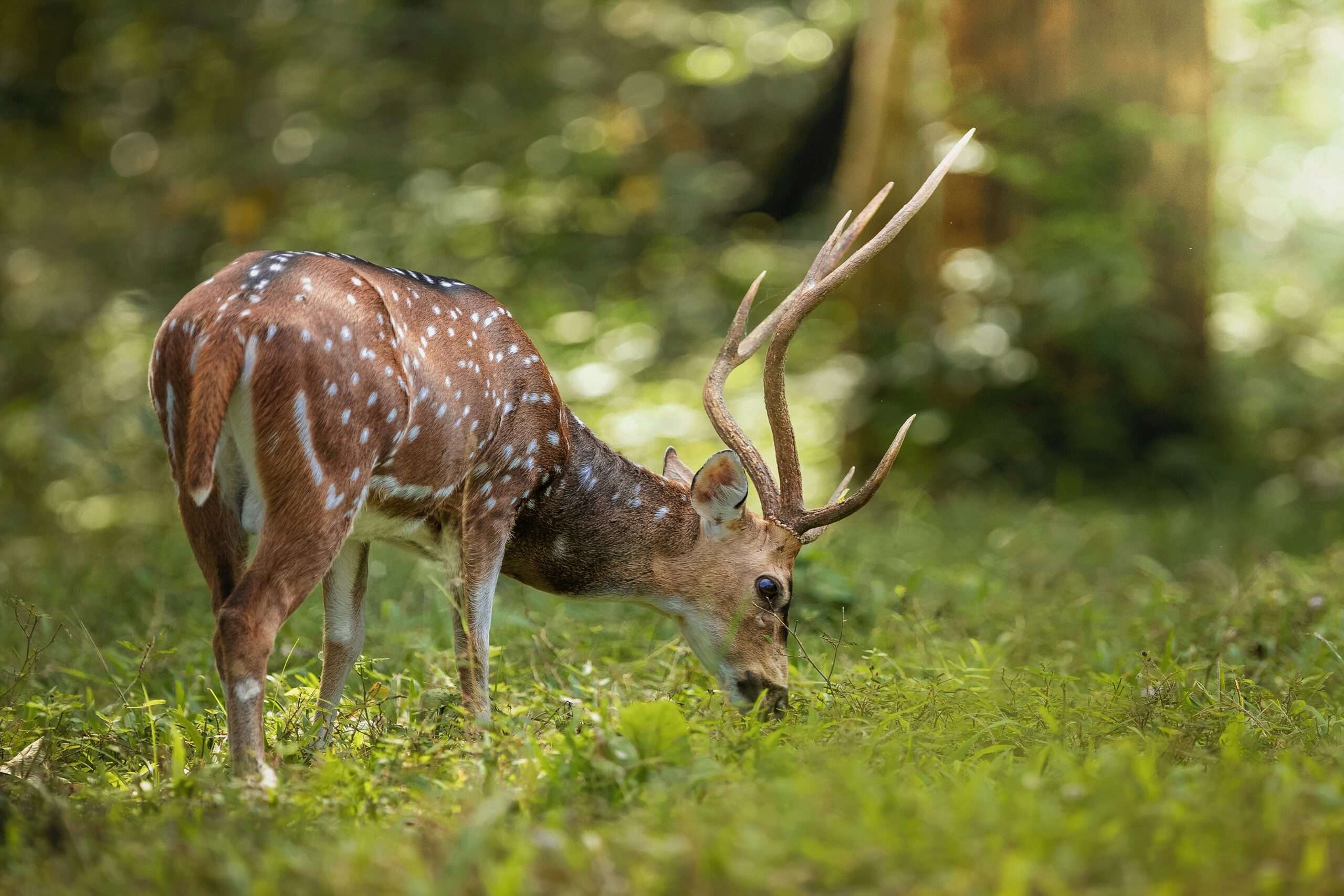
The best way to explore the Periyar Wildlife Sanctuary is by taking a boat ride on the Periyar Lake, which is located within the sanctuary. The boat ride provides a unique opportunity to observe the animals in their natural habitat, including elephants, bison, and deer, as they come to the lake to drink water.

Apart from boat rides, visitors can also take guided nature walks, trekking, and camping tours within the sanctuary. The sanctuary also has a tiger trail that takes visitors deep into the forest to spot tigers and other wildlife.
The Periyar Wildlife Sanctuary is also home to the Periyar Tiger Reserve, which is a part of Project Tiger, a government initiative to protect and conserve tigers in India. The sanctuary is also a UNESCO World Heritage Site and is known for its efforts in conservation and sustainable tourism.
In conclusion, Idukki is a beautiful district in Kerala that offers a unique blend of geography, culture, and history. Its lush hills, dense forests, and scenic water bodies make it a must-visit destination for nature lovers, while its cultural heritage and rich history offer a fascinating insight into the region’s past. The district’s agricultural activities and the livelihood of the locals add to its charm, while its booming tourism industry continues to drive its economy forward.

